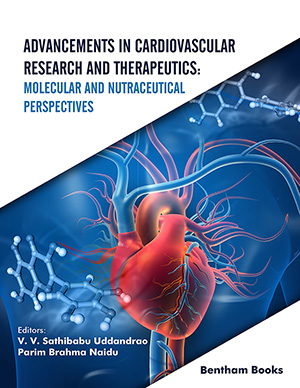Abstract
Cardiovascular diseases (CVD) come under non-communicable disease (NCD) that are responsible for the leading cause of death, globally. They involve a range of pathologies viz. coronary artery disease, cerebro-vascular disease, venous thrombo-embolism, peripheral vascular disease, myocardial infarction, cardiac arrhythmias and stroke. Each pathology is the result of the complex interplay of many factors which determine the prognosis of the condition. Animal experimentation has played an important role in the fundamental understanding of pathologies of cardiac diseases and discovered improved methods of diagnosis and treatment. Researchers have used a number of lab animals that involve rodents (mice, rats, hamsters, and rabbits) and non-rodent animal models (dogs, pigs, sheep, primates) as a biological system to mimic cardiovascular diseases for translational research. An ideal animalmodel system should be cheap, readily manipulable, reproducible, ethically sound and reflect the complexity of cardiovascular diseases. Rodent animal models are considered the prime model for human research. Common rodent models include mice, rats and hamsters; rabbits are used for studies on cardiac hypertrophy, heart failure, aortic constriction, pulmonary vein constriction, atherosclerosis and cholesterol regulation studies. With the advancement in genetic engineering, several transgenic/humanized rodent models are available which can mimic better human systems for translational application. Among non-rodent animal models, pigs, dogs, sheep, and non-human primates serve as an excellent model in cardiovascular research; owing to the similarity in heart structure, atrio-ventricular valves, lipid metabolism and vasculature with humans. In the current chapter, we will deal with the importance of the models and their characteristic features, advantages and limitations.
Keywords: Animal Models, Cardio-vascular Diseases, Non-Rodents, Rodents.






















